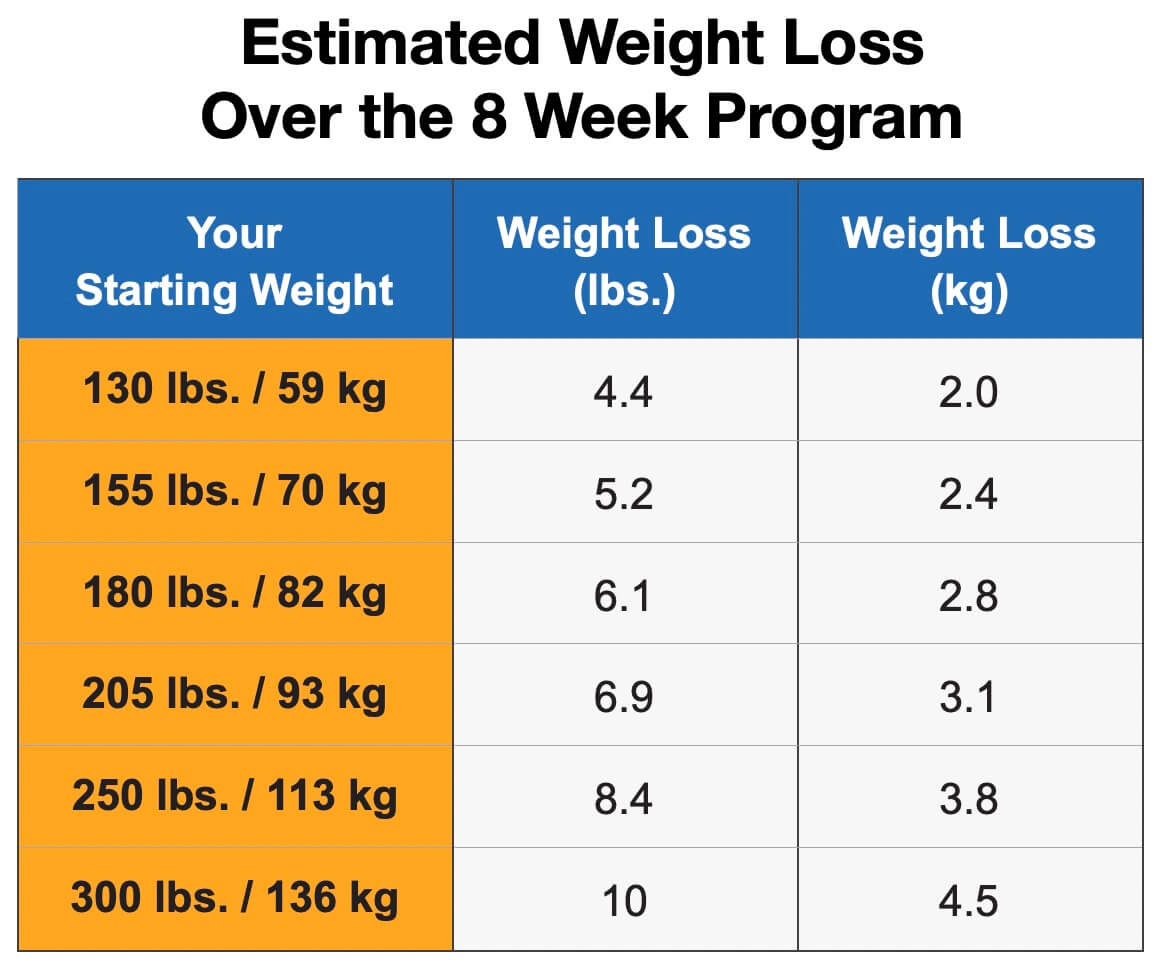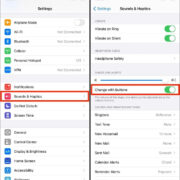Embarking on a weight loss journey often involves navigating through a sea of advice on diets, exercise routines, and lifestyle changes. Central to many of these plans is a simple, accessible activity: walking. The number of steps you take each day can significantly impact your health and contribute to weight loss. But how many steps should you be aiming for? And can a daily goal really be that effective for shedding pounds? This comprehensive guide is designed to help you understand the concept of a steps-per-day calculator for weight loss, providing practical steps and valuable tips to make an informed decision suited to your personal goals.

Pedometer: Your Step-Counting Companion
One of the easiest ways to keep track of your daily steps is by using a pedometer, a device designed specifically for this purpose. Wearing a pedometer can give you a clear idea of your current activity level and help you set realistic goals for gradual increases.
Detailed steps:
- Purchase a pedometer or download a pedometer app on your smartphone.
- Reset the device each morning upon waking up.
- Secure the pedometer to your belt, or keep your smartphone on you throughout the day.
- Record your daily steps in a journal or use the app’s built-in history feature.
- Set a goal based on your baseline stepping habits, and try to increase it incrementally.
Summary:
Using a pedometer promotes awareness of your daily activity and motivates you to walk more. However, it might not be accurate for all types of exercise, and you need to remember to wear it every day.
Incremental Increase: One Step at a Time
Weight loss is best achieved through gradual, sustainable changes. If you’re not used to a lot of physical activity, abruptly aiming for a high number of daily steps could be discouraging or even lead to injury.
Detailed steps:
- Determine your average daily step count using a pedometer for a week.
- Establish a target increase, such as an additional 500 to 1,000 steps per day.
- Implement this new goal each week until you reach a challenging but manageable step count.
- Reassess your goals each month and adjust according to your progress.
Summary:
This measured approach helps you to slowly build up your activity level without overwhelming yourself. However, patience is required, and results may take longer to observe.
Interval Walking: Mixing It Up
Interval walking refers to alternating between faster and slower walking paces, which can boost calorie burn and make your walking workouts more effective.
Detailed steps:
- Begin with a 5-minute warm-up at a comfortable pace.
- Alternate between 1 minute of brisk walking and 1-2 minutes of slower walking.
- Continue the intervals for at least 30 minutes.
- End with a 5-minute cooldown at an easy pace.
Summary:
Interval walking can significantly increase your calorie expenditure, contributing to a higher step count and weight loss. The intensity, however, might be too high for beginners or those with certain health conditions.
Use Technology: Fitness Trackers and Apps
Modern fitness trackers and smartphone apps often include features that estimate calories burned, track your distance, and provide motivation through virtual challenges or sharing your progress with friends.
Detailed steps:
- Select a fitness tracker or app with positive reviews and the features you want.
- Wear or carry your device consistently.
- Explore the app and set up personalized goals and alerts.
- Join community challenges or partner with friends for added motivation.
Summary:
Tech-assisted tracking can create an enjoyable, engaging experience and offers comprehensive insights into your physical activity patterns. It may, however, require a financial investment and some tech-savviness to navigate the features effectively.
Stay Consistent: Making Walking a Habit
The key to benefiting from walking is consistency. Creating a habit out of walking ensures that you do it regularly, contributing to overall health and weight management.
Detailed steps:
- Schedule daily walks into your calendar as you would any important appointment.
- Create a routine by walking at the same time each day.
- Use cues, such as placing your walking shoes by the door, to remind you of your walking commitment.
- Track your progress and celebrate milestones to reinforce the habit.
Summary:
Consistency transforms walking into a non-negotiable part of your day. However, routines can become monotonous, so it’s important to mix things up occasionally to stay engaged.
Set Clear Goals: Know Your “Why”
Having clear, specific goals for your walking routine can increase your motivation and give you a tangible target to aim for.
Detailed steps:
- Define what you want to achieve with your walking, beyond just step count—whether it’s weight loss, better health, or increased stamina.
- Create SMART (Specific, Measurable, Achievable, Relevant, Time-bound) goals.
- Write down your goals and place them where you’ll see them regularly.
- Share your goals with friends or family for external accountability.
Summary:
Clear goals can provide direction and motivation, but they must be realistic to prevent discouragement or burnout.
Mindful Walking: A Holistic Approach
Incorporating mindfulness into your walking routine can make the experience more pleasurable and reduce stress, which can be indirectly beneficial for weight loss.
Detailed steps:
- Before you begin walking, take a moment to focus on your breathing.
- As you walk, pay attention to the sensations in your body and the environment around you.
- If your mind wanders, gently guide it back to the present moment.
- After your walk, take a few minutes to reflect on your experience.
Summary:
Mindful walking turns your routine into a form of moving meditation, enhancing mental well-being and the likelihood of sustaining the habit. It might take some practice to maintain focus, especially for those new to mindfulness.
Stay Hydrated: Water and Weight Loss
Hydration is crucial for good health, and drinking water can help manage hunger cues and enhance exercise performance during your walks.
Detailed steps:
- Carry a water bottle with you during your walks.
- Start your day with a glass of water and drink consistently throughout the day.
- Replace sugary drinks with water to contribute to weight loss.
Summary:
Proper hydration supports overall health and can aid in weight loss, but it is important to strike a balance and not over-hydrate, especially for those with certain health conditions.
Comfort Matters: Proper Gear
Investing in comfortable walking gear, including shoes and clothing, can prevent injuries and make your walks more enjoyable.
Detailed steps:
- Choose well-fitted, supportive walking shoes.
- Opt for breathable, moisture-wicking clothing.
- Replace your shoes every 300-500 miles to ensure proper support.
Summary:
Comfortable and appropriate gear can improve your walking experience, although it may involve an upfront cost.
Social Walking: Join a Group
Walking with friends or joining a walking group adds a social element to your routine, providing companionship and accountability.
Detailed steps:
- Look for local walking groups or start your own with friends.
- Set regular walking dates and commit to them as you would any social engagement.
- Use the time to catch up with friends, making the activity something to look forward to.
Summary:
Social interactions can make walking more enjoyable and adherence easier. However, schedules may not always align, and it’s important to remain flexible.
Conclusion
Walking is an accessible and effective way to contribute to weight loss and improve overall health. By understanding how to count your steps and gradually increase them, using the right tools and techniques, and cultivating a consistent and enjoyable routine, you can work towards your weight loss goals and enjoy the journey along the way. Remember to listen to your body, stay hydrated, and find the right balance between challenging yourself and maintaining an achievable pace.
FAQs
-
How many steps should I aim for each day to lose weight?
The number of steps you should aim for can vary depending on your personal goals, fitness level, and other factors like diet. A common goal is 10,000 steps per day, which is roughly equivalent to 5 miles or 8 kilometers. However, it’s essential to start from your baseline and gradually increase to avoid burnout or injury. -
Can I lose weight by walking alone, without dietary changes?
While walking can contribute to a calorie deficit, which is necessary for weight loss, combining it with healthy dietary changes can significantly improve your results. It’s often said that weight loss is as much about what you eat as it is about how much you move. -
Is it better to walk faster or longer to lose weight?
Both have their benefits. Walking faster can increase calorie burn per minute, whereas walking longer can accumulate more steps and burn more calories overall. Ideally, a combination of both – sometimes walking faster for shorter durations and longer at a leisurely pace – might be the most effective approach.









